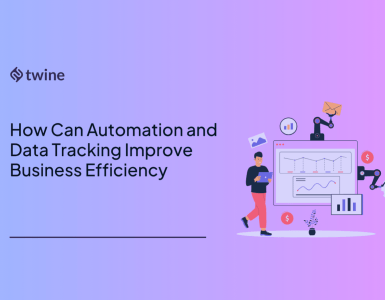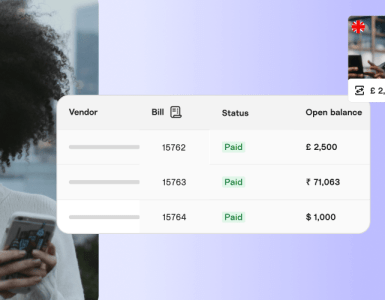You’ve probably heard people talking about equity crowdfunding and how it’s a great option to get funding.
But you’re probably wondering:
“What is equity crowdfunding and how does it work?”
Well, today I’m going to make it easy by breaking it all down for you.
Crowdfunding breaks down into 3 main areas:
- Crowdfunding. Backers agree to buy your product or service when it’s ready.
- Equity crowdfunding. People agree to buy shares to have a stake in your company. This is similar to angel investment.
- Debt crowdfunding. Businesses borrow money from a crowd-lending platform and pay interest. This is similar to how a bank loan works.

This article focuses on equity crowdfunding and how it can work in your investment round.
The types of equity crowdfunding
Equity crowdfunding in the US
In the summer of 2016, the SEC allowed equity crowdfunding for anyone when they launched Title III of the JOBS Act. Previously, only accredited investors were allowed to invest in equity. Accredited investors are defined as people with an annual income of more than $200,000 or a net worth of over $1 million.
The change now means nearly anyone can invest at least $2,000 a year in a small company in exchange for shares. Companies are allowed to raise up to $1 million every 12 months.
A couple of important notes:
- If the company does not raise the full amount of their funding goal they do not get to keep any of the money raised. This means they would lose any upfront costs such as marketing.
- If you are raising more than $535,000 you will need audited accounts.
- The advertising rules for the crowdfunding campaign are not as restrictive as in the UK.
Equity crowdfunding in Europe and the UK
The main platforms in European equity crowdfunding are UK-based Crowdcube and Seedrs. This is likely due to the UK’s(Seed) Enterprise Investment Scheme tax relief , and the overall size of its startup ecosystem.
With Brexit looming, will crowdfunding in Europe change? It will almost certainly have an affect as European founders often incorporated in the UK without any issue, they now see a great deal of uncertainty.
Fortunately there are many other European crowdfunding platforms like Seedmatch and Wiseed.
What do you need for equity crowdfunding?
Equity crowdfunding is different from a Kickstarter campaign. Many of the potential investors you want to attract will be professional angel investors or will have invested before.
You will need a pitchdeck that contains key investment material such as your financial forecasts, your marketing strategy and the business model. It’s important to have an eyecatching design for your pitchdeck to stand out from crowd on the platform.

Can VCs and large angels co-invest?
Yes, but this does depend on the investment platform you use. The laws of the country that the crowdfunding platform is based will also affect whether a VC can co-invest. Finally, the angel investor or VC may or may not work within the crowdfunding platform’s structure.
There are two main structures of crowdfunding equity investment, using a special purpose vehicle or though a direct shareholder structure.

Special purpose vehicle (SPV)
A Special Purpose Vehicle (SPV), also known as a Nominee shareholder structure, is what most equity crowdfunding platforms use. This puts all investors together into one entry on the cap table. Also, the investment money will comes in one simple payment.
If you have a VC or a large angel they should be able to invest directly in the company without being part of the SPV. This is providing you were introduced directly, not by the crowdfunding platform.
Pros
- Investor rights are protected by the SPV.
- The company only deals with one shareholder so the admin burden is reduced.
- Drag-along rights on an exit are simplified.
Cons
- Large angels or VCs will not want to be part of the SPV.
- There may be an increase in costs as the crowdfunding platform will charge for the management service.
- There is an increased risk if the crowdfunding platform goes bust.

Direct shareholder structure
Each investor through the crowdfunding platform is an individual shareholder. Often they will receive a different class of shares that have different rights attached to them. For example, they may have no voting rights for big company decisions.
Pros
- Clarity of ownership for individual investors.
- It should be cheaper as there is less management required from the platform.
- The company can have more of a direct relationship with their crowd.
Cons
- With more direct shareholders, there is an increased admin burden on the company.
- There could be a lot of shareholders on the company cap table.
Ready to hire? Our marketplace of over 410,000 freelancers has the skills and expertise needed to skyrocket your business to the next level. From marketers to designers, copywriters to SEO experts – browse the talented bunch here!



